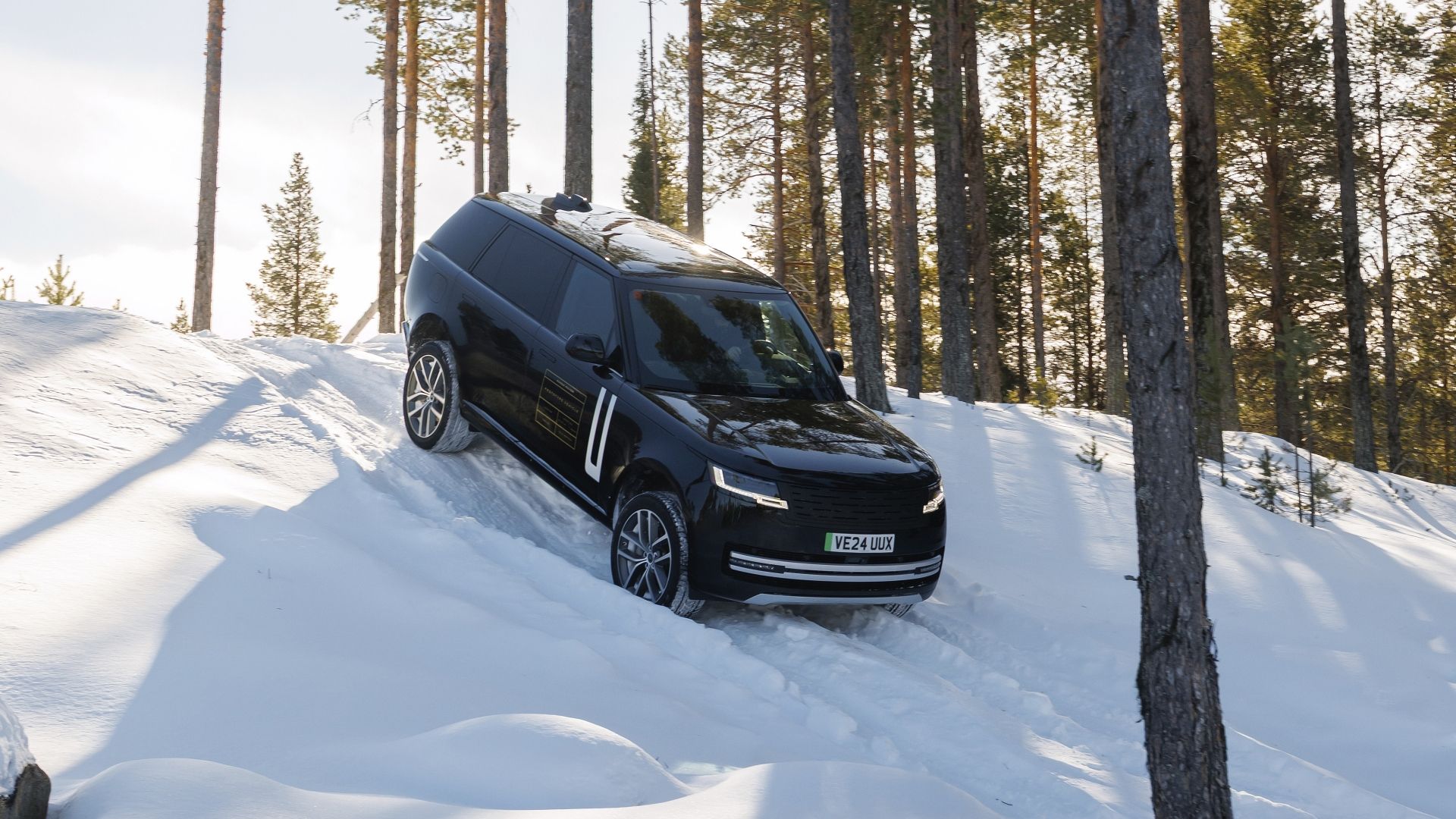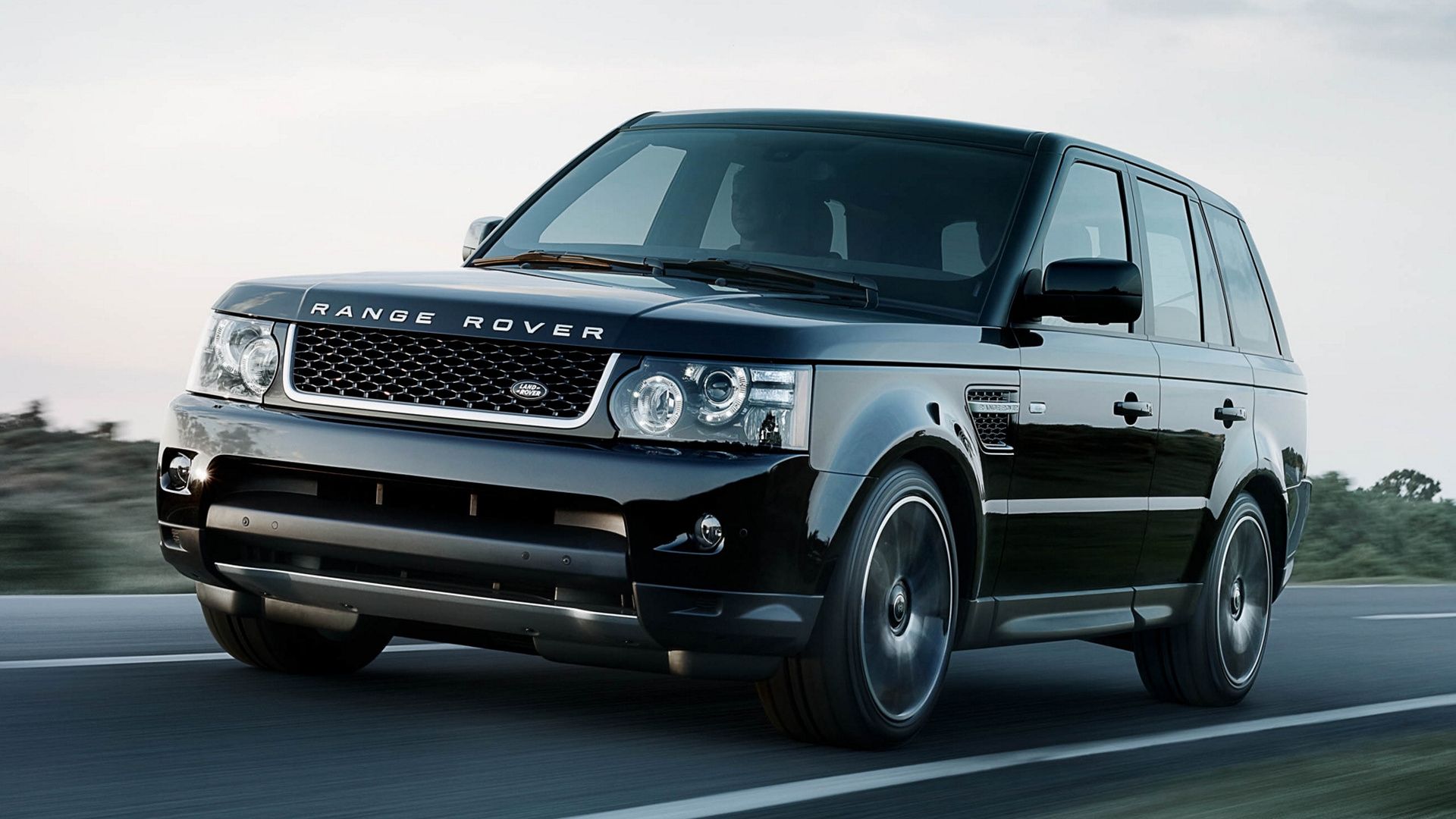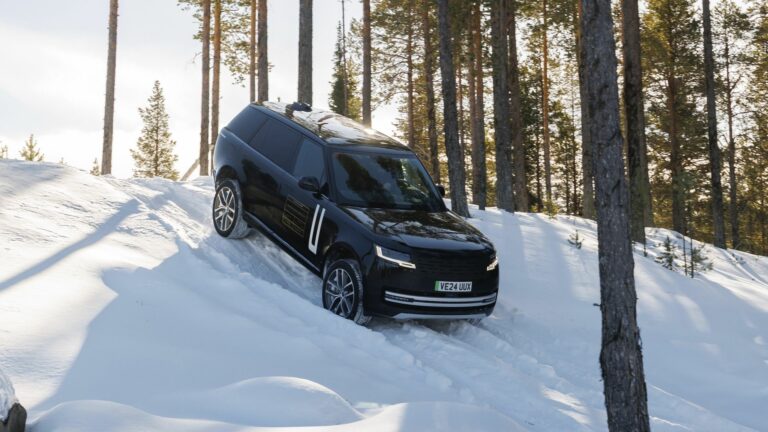The Range Rover’s Dual Identity
The Range Rover is a name that evokes both rugged terrain and refined luxury—a rare duality that no other SUV has managed to master quite as successfully. When it debuted in 1970, the original Range Rover was a utilitarian masterpiece engineered to conquer harsh landscapes without sacrificing comfort. Over the decades, it evolved into a global icon of wealth, taste, and technological sophistication. From climbing muddy hillsides to gliding through upscale city streets, the Range Rover’s transformation is a story of innovation, cultural influence, and design evolution.
Engineering Brilliance: Innovations That Set It Apart Early On
Launched in 1970 by the British Leyland Motor Corporation, the first Range Rover was revolutionary. It combined a permanent four-wheel-drive system with all-around disc brakes—a technology rarely seen on off-road vehicles at the time. The 3.5-liter aluminum V8 engine, derived from Buick, offered power and refinement previously unheard of in the 4×4 world. Aluminum body panels kept the vehicle relatively light, improving performance and efficiency. The interior, while spartan, was practical and well-thought-out, earning early praise from both the off-road community and automotive enthusiasts.

Royal Approval: Elevating Prestige
The Range Rover’s ascent up the social ladder was partly due to royal endorsement. Queen Elizabeth II and other members of the British Royal Family were frequently spotted in Range Rovers during the 1970s and 1980s. This royal association elevated the vehicle’s status globally, making it perceived as a vehicle fit for the elite. Celebrities, politicians, and high-ranking officials followed the monarchy’s lead, reinforcing the Range Rover’s identity as a luxury statement. Land Rover capitalized on this perception with subtle marketing, making the Range Rover aspirational because of who was driving it.
From Utility To Luxury: The Turning Point
The launch of the second-generation Range Rover (P38A) in 1994 marked a significant shift. While retaining its boxy styling, the interior received a major upgrade with walnut trim, leather upholstery, and electronically controlled air suspension. Advanced comfort features like automatic climate control and GPS navigation were introduced, splitting the engineering focus between off-road excellence and on-road sophistication. This era solidified the Range Rover’s identity as a luxury vehicle, aiming to be the best all-around SUV.

Tech-Heavy And Trend-Setting: The Modern Era
In the 2000s, under BMW’s ownership, the third-generation Range Rover (L322) was born with an unibody chassis, improving rigidity and handling. The refinement was unmistakable, with air-suspended ride quality and a quiet cabin. Modern design cues included clean lines and flush surfaces, projecting strength without aggression. Touchscreen infotainment and semi-autonomous driving tech placed the Range Rover at the forefront of automotive innovation. Today’s fifth-generation model (L460) rides on the MLA Flex architecture, offers up to 523 horsepower, and features sustainable luxury materials.
Performance Meets Comfort: The Modern Balance
Modern Range Rovers balance high-output engines with adaptive dynamics, delivering a composed ride regardless of terrain. Suspension systems evolved from coil springs to advanced air suspension, allowing the vehicle to adapt to various conditions. Off-road, it can raise its ride height and distribute torque intelligently, while on-road, it lowers for better aerodynamics. Inside, comfort is redefined with reclining executive seats, individual climate zones, and deployable entertainment screens.
Securing Icon Status
The Range Rover remains the ultimate luxury SUV by continuously redefining its category. It blends performance, elegance, and versatility, appealing to both old and new wealth. As the automotive industry pivots to electrification, the Range Rover is at the forefront with plug-in hybrid models and a full EV version on the horizon, ensuring its relevance while maintaining heritage.



